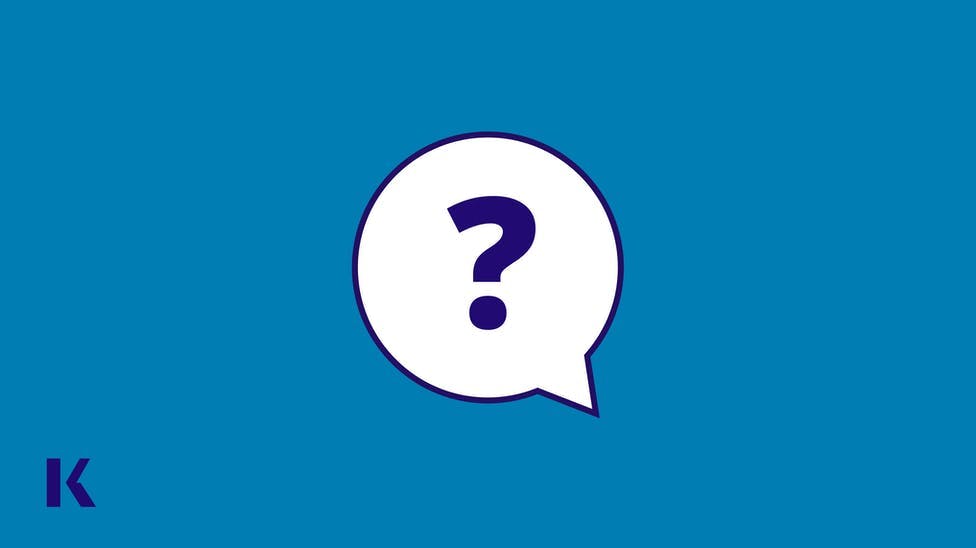How Can Educators Accommodate Different Learning Preferences?
by Elijah Schwartz, MSEd, MS, BCBA-candidate, Senior Learning Strategist, Kaplan North America | February 8, 2022

Medical school involves a lot of different learning delivery modes, from textbooks or lectures to hands-on application in the medical lab or clinic. Old-fashioned thinking about how students study has created a false narrative that fails to acknowledge the true learner nuances. The best institutions and instructors leverage clear insights that ensure their students achieve success, both academically now and in the future as professionals.
The Great Myth of “Learning Styles”
Let’s clear the air first. Over the years, and in response to massive social education programs designed to ensure that every student received learning support, “styles of learning” were imagined into being. Examples of indoctrinated learning styles include: visual, auditory, kinesthetic or tactile, and reading/writing. Educators were encouraged―with the best of intentions―to use these and adapt materials to maximize learning.
Unfortunately, while students may claim different learning preferences, there is no correlation showing that this is more efficient or effective for supporting learning in medical school. Even recent research in the past decade admits in the abstract, “There is no evidence that teaching according to the learning style can help a person …” This may seem disheartening at first, but the magic bullet could actually be one that we’ve been investing in all along.
Learning Science in Medical School: Recognizing Optimal Conditions
We’ve just debunked learning styles, but surely there are preferences based on the topic? This is where the subtlety comes in. According to Christopher Cimino, MD, FACMI, different content often has unique and optimal delivery modes to boost recall. When Dr. Cimino teaches the neuroanatomy locations and features in the brain, he does so with the aid of well-crafted visuals. While he is an expert lecturer, having a picture focuses his students and creates more semantic memory associations to the material.
In the medical field, upgrading lectures in this way can sometimes seem like a “best visuals” arms race, with a new YouTube channel around every corner. But, the nuance is to help students learn more―and also do so efficiently―without creating distractions. To help a student memorize a list of generic drugs that treat cold/flu symptoms, a zealous teacher might add 3D images of each complex chemical alongside the name. This is impractical at best, and at worst is creating fresh confusion and hindrances to time-contingent memorization. When was the last time you had to recognize a drug from its 3D molecule “in the wild” of practicing medicine?
Kaplan’s i-Human Patients (iHP) was designed with a mission: to help students experience the optimal conditions for learning. The interactive aspects of iHP allow a hands-on connection with real-world skills. At the same time, the technical written coding and question elements prepare students for the professional tests they need to ace. Natural language processing allows learners to input their actual verbal dictation without worrying about grammar rules while coming to a diagnosis. This fine-tuning leverages learning science and fully integrates the medical school curriculum.
Conscious Education Takes Effort But Pays Dividends
Medical schools―and their educators―have a clear objective: a need to “mediate the amount of medical knowledge we are trying to cram into students’ heads,” writes Cimino. Getting information into medical students’ brains is a challenge, especially given the brain’s “limited capacity to transfer working memory to long-term memory,” Dr. Cimino says. He mentions that medical students often rely on an overwhelming number of flashcards to memorize, and suggests a transition to immersive learning, such as that used in mastering a new foreign language.
Furthermore, Cimino suggests the three concepts of recovery, mindfulness, and focus to guide learners in their knowledge journey.
Recovery relates to the brain’s limited ability to absorb information. After a period of learning, recovery is needed for the brain to recuperate from the learning experience. Think of this like working out for a marathon and taking some well-deserved time to stretch between sessions.
As educators, it can seem necessary to “cram” in more in less time, but a student who didn’t have recovery time to stay on task on and track can fall further off course!
Mindfulness can help stressed-out medical students put things in perspective and reframe their narratives. Staying mindful is a vital skill to learn from failures in school or the hospital. Hopefully – through careful introspection and guidance – students can reach a more profound resolution.
Consider the times when you’ve taken the initiative to examine a verbal scuffle with a peer, and uncovered a new way to engage or interact with them that cleared the air entirely!
Finally, focus encompasses several facets of self-driven education. Prioritizing, deliberating on performance, connecting concepts across disciplines, and assessing readiness can go a long way to boost success in medical school and the many tests in this profession.
An all-in educational platform that encourages authentic learning and rigorous self-testing, like iHP by Kaplan, enables curated teaching experiences and long-term success.
Conclusion
Understanding learning science can go a long way when it comes to training medical students and helping them achieve their goals. Educators must be able to deploy content through different delivery modes, and optimize for specific topics and applications. While adding shinier models or graphics at every turn might seem one-size-fits-all, there is a realistic limit to that effectiveness, and teachers should be sensitive to the cognitive load that students can actually handle.
Kaplan’s i-Human Patients supports learning and test preparation for medical students and can cater to a wide variety of learning preferences. Designed to seamlessly connect with skills and concepts from the classroom or clinic, it allows a “Goldilocks” amount of just-right visuals and not-overwhelming interactivity that encourages verifiable learning without ad-hoc distractions. Discover more about Kaplan’s i-Human Patients app on our website.

Eli Schwartz has been a thought-leader in the Learning Experience space for nearly two decades. Having migrated from training & development, through instruction & curriculum, he presently advises senior leadership on educational best-practices. Schwartz's strongest insights often come in the form of paradigm-shifting conversations around the value of online instruction and how to best implement collaborative learning events.
